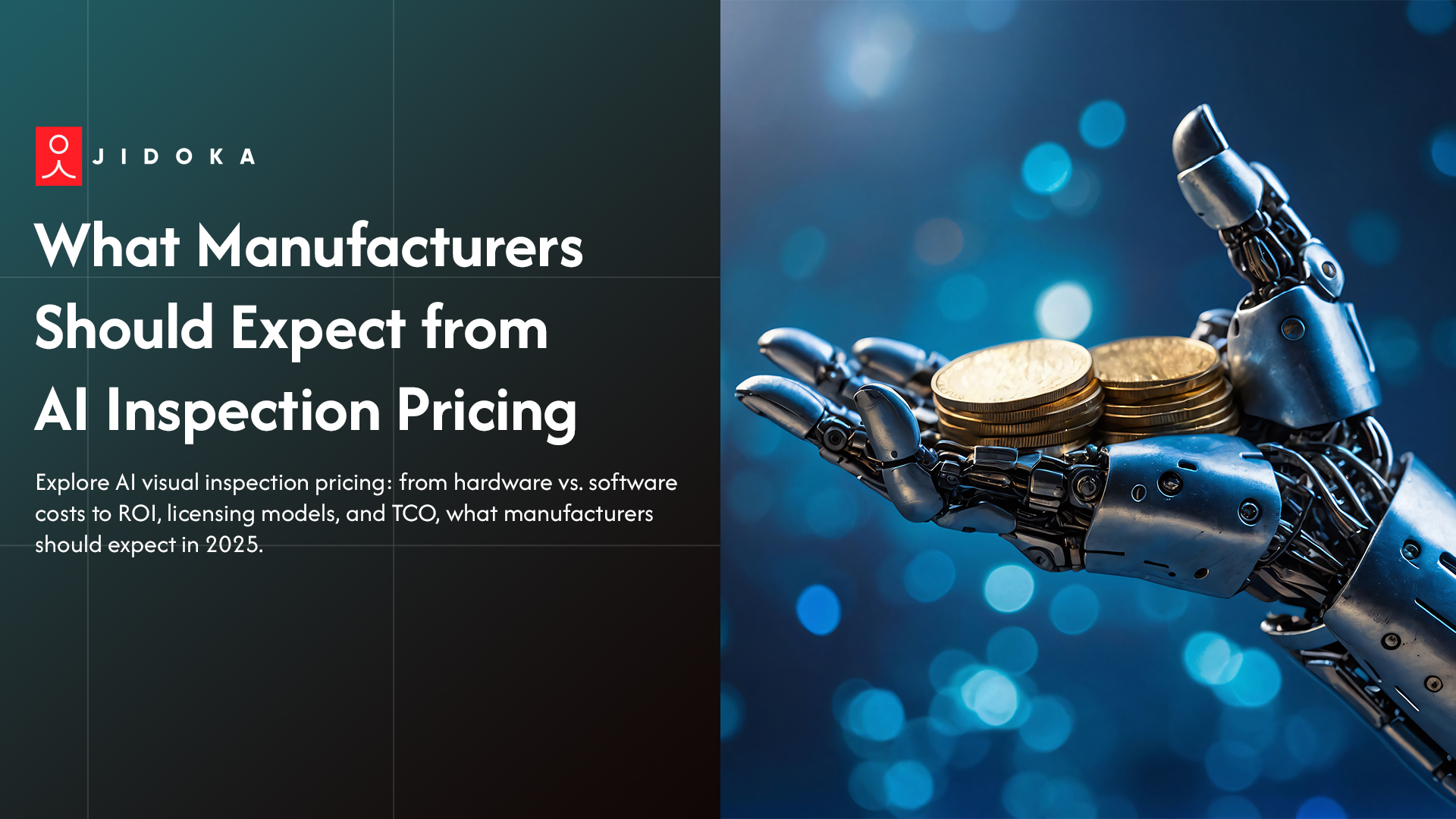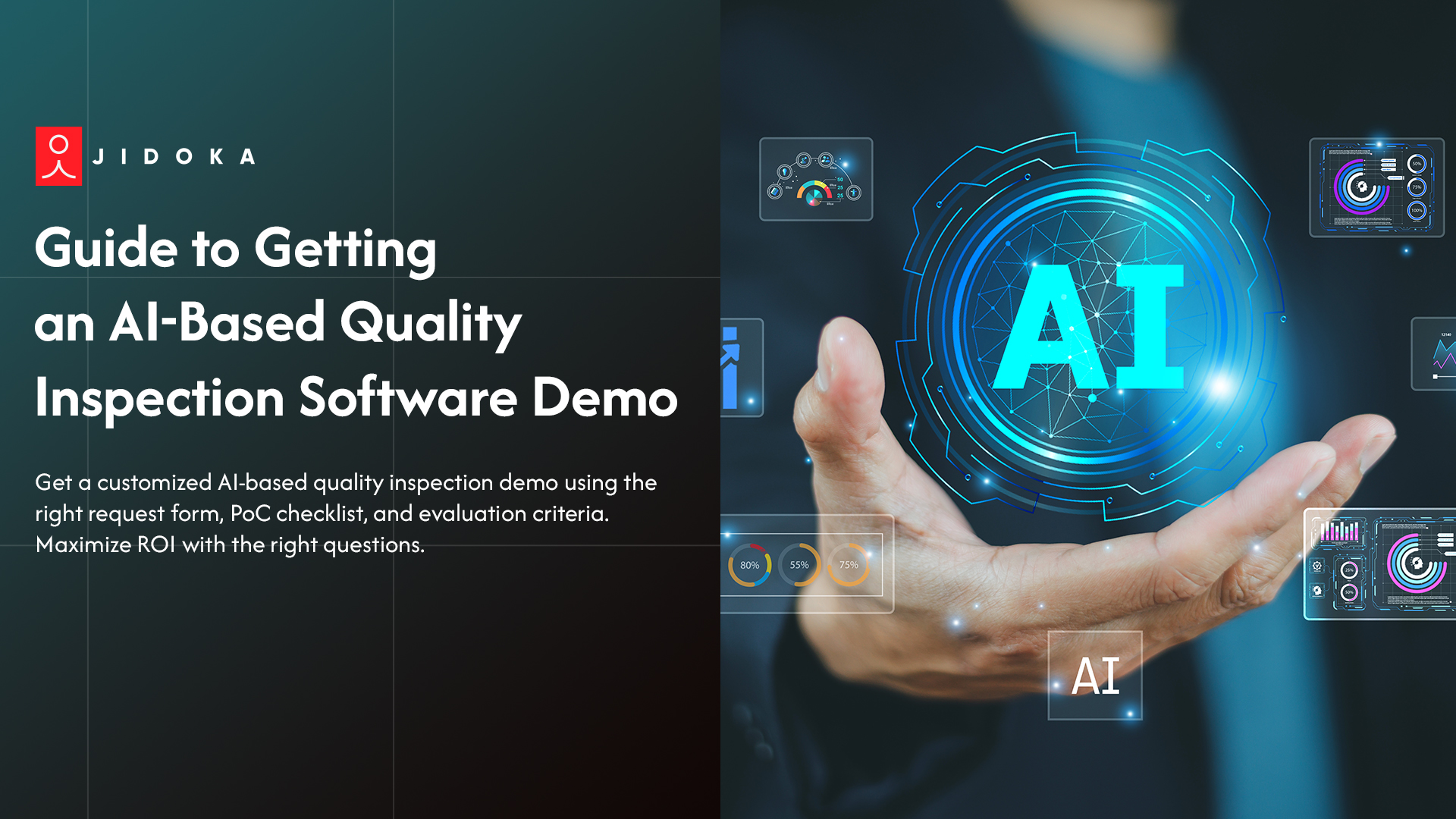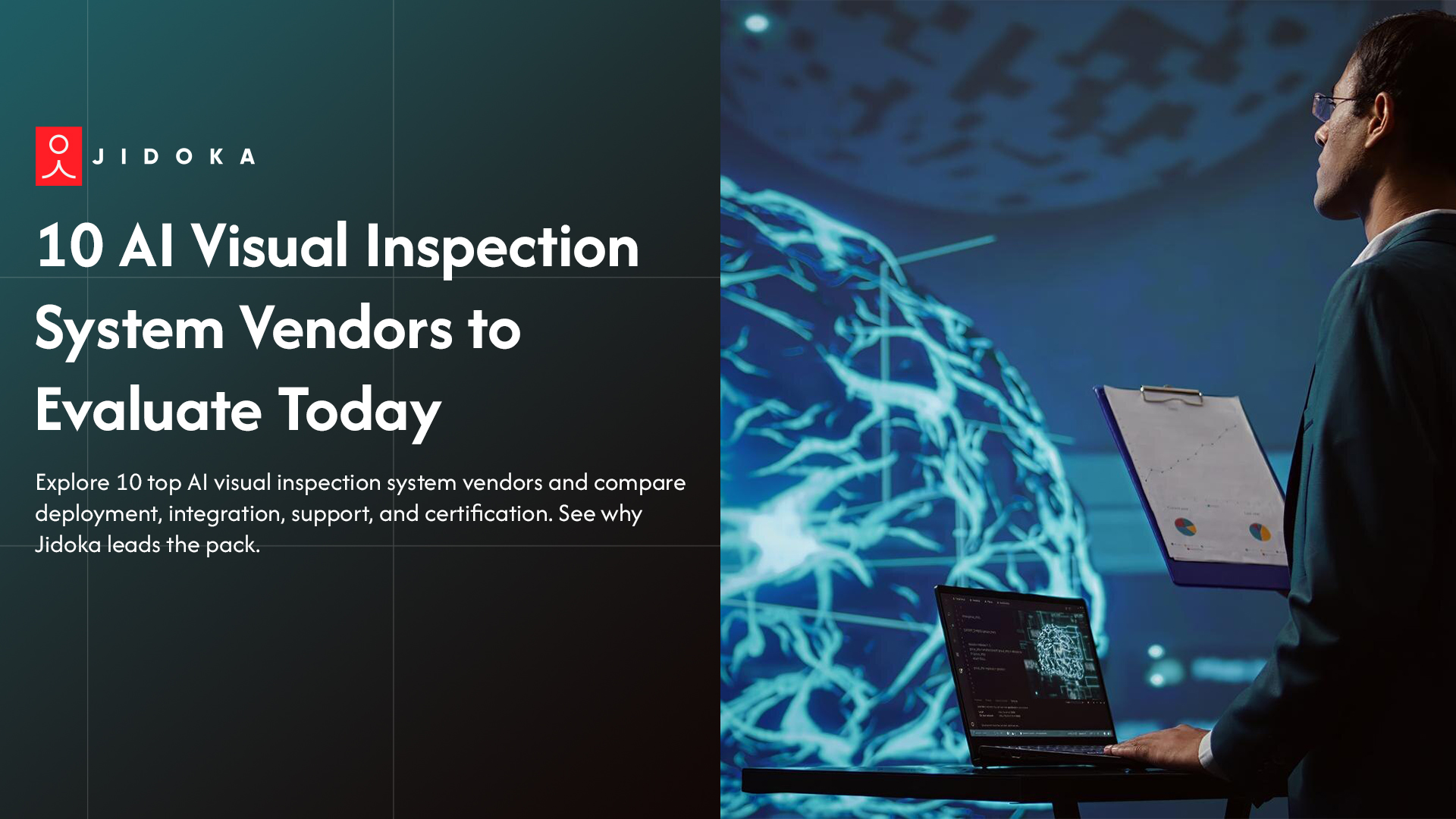U.S. manufacturing faces a serious problem. A bad seal integrity inspection failure or a misprinted date code can mean a multi-million dollar recall. Supply chain pressures demand perfect quality.
This is why the U.S. AI in the packaging market, valued at $2.62 billion in 2024, is growing fast. The AI-powered packaging inspection market alone is set to hit $4.49 billion by 2029.
Why? Old machine vision is not enough. AI and deep learning solve the "impossible" packaging inspection tasks.
They find subtle flaws and random defects that old rule-based systems (and tired human eyes) miss. This blog outlines how AI-powered packaging inspection is becoming the new standard.
The "Old" Way vs. The "New" Way: Why AI Beats Traditional Vision for Packaging Inspection
For years, machine vision in manufacturing was just a set of rigid rules. If a pixel was dark here, it was a "fail." This created a nightmare of false positives, stopping the line for a harmless shadow or a bit of water. This is a huge problem when you are focused on reducing false positives.
The Problem: High-Contrast, Low-Intelligence
Traditional vision relies on human-programmed rules. It struggles with "clear-on-clear" defects, variable lighting, and product rotation. It cannot tell the difference between a catastrophic crack and a harmless scuff. This makes it unreliable for complex packaging inspection.
In contrast, AI (Deep Learning) for AI packaging quality control works differently. You do not program rules. You train it like a human inspector. You show thousands of images of "good" and "bad" parts. The AI learns to spot functional defects and ignore cosmetic noise.
This new approach is not just theory; it is actively solving the most common and costly failures on production lines right now.
The "Big 3" Package Failures AI Is Solving Right Now
1. AI for Label Inspection: Beyond Just "Is It There?"
A bad label inspection is a compliance disaster. AI-powered OCR for packaging (Optical Character Recognition) and OCV (Optical Character Verification) are changing the game.
- Finds Print Defects: It catches smudged, skewed, or low-contrast date codes, even on busy backgrounds where old systems failed.
- Verifies Data: It cross-references the printed "Best By" date with the active SKU in the factory's ERP system to ensure they match.
- Checks Graphics: This packaging inspection step ensures the correct label is on the correct product. This prevents (for example) a "peanut-free" label from going on a "peanut butter" product. This is excellent AI packaging quality control.
2. AI for Seal Integrity Inspection: Stopping Leaks Before They Happen
This is the holy grail for food and beverage quality. A bad seal is invisible to old systems. AI-powered seal integrity inspection finds what humans and old rules miss.
- Finds Contamination: AI can spot tiny product crumbs, oil, or plastic strands caught in the seal area that would cause a leak.
- Spots Channel Leaks: It identifies fine wrinkles or "tunnels" in the seal (common in plastic pouches) that traditional automated visual inspection misses entirely.
- 3D Inspection: This packaging inspection uses advanced 3D sensors to verify cap and closure inspection, checking height, tilt, and thread engagement.
3. AI for Fill Level & Contamination
AI systems can inspect through glass and plastic. This fill level inspection confirms product amounts, checks for missing components in a kit, or spots foreign objects at the bottom of a container. This completes the packaging inspection process.
But finding bad parts is only half the battle. A good packaging inspection system should not just reject defects, it should help you stop making them in the first place.
How Jidoka Can Help Turn Your Packaging Inspection System into a Process Improvement Tool
Jidoka means the machine stops itself when it finds an abnormality. It does not wait for a human. The goal is not just to reject a part; it is to stop, alert, and fix the root cause. This philosophy is the key to achieving zero defects in modern Industry 4.0 quality control.
Our 4-Step Process:
- Detect: The AI packaging quality control vision system spots a critical defect. The technology ensures a consistent standard 24/7, reducing fatigue-related errors common in manual checks.
- Stop: The system pauses the line automatically if it sees a defect trend, preventing mass waste.
- Alert: An Andon light immediately signals the operator, clearly defining the problem location.
- Fix & Prevent: The operator fixes the root cause. The system provides data on defect trends, which allows the operator to proactively fix equipment issues instead of waiting for a breakdown.
Furthermore, they use multiple cameras and advanced vision for a comprehensive 360° Inspection to ensure every angle is checked for flaws. This method works at scale, with leading vendors having achieved 100+ Successful Implementations for 48+ Trusted Customers Worldwide.
Explore how manufacturers protect their reputation and maximize yield → Jidoka.
Conclusion
The problem starts with the tiniest missed error: an invisible channel in a heat seal integrity inspection, a smudged date missed by OCR for packaging, or a wrong allergen on a label inspection. These tiny flaws are quality time bombs.
The consequences are severe. The average food recall costs around $10 million in direct costs alone, with massive lawsuits and brand destruction following quickly. When consumers see a recall, they lose trust and stop buying. Traditional inspection cannot guarantee your safety against this financial and reputational damage.
The future of packaging inspection fixes this by embedding quality. You must change from just catching defects to preventing them. Adopting the Jidoka mindset, powered by intelligent AI packaging quality control, delivers this. You stop the line the moment a problem starts, fix the root cause, and ensure you ship flawless products.
Connect to Jidoka today to know how we can transform your quality control from reactive checking to proactive, zero-defect production.
FAQs
1. What's the main difference between AI inspection and traditional machine vision?
Traditional machine vision in manufacturing uses human-programmed, rigid rules. AI uses a neural network trained on examples, allowing AI packaging quality control to find subtle, unpredictable defects. This makes it far more robust than old rule-based packaging inspection systems.
2. How does AI help with seal integrity inspection on shiny or flexible film?
AI is brilliant at this. It learns to ignore challenging reflections and cosmetic wrinkles common on flexible film. This focus allows it to spot crucial, subtle defects, like a channel leak or product contamination, ensuring reliable seal integrity inspection on every package.
3. Can a single AI camera perform both label inspection and fill level checks?
Yes. Modern automated visual inspection systems can run multiple tools from one camera. A single pass performs fill level inspection, reads date codes using OCR for packaging, and verifies placement for accurate label inspection.
4. What is the biggest challenge in packaging inspection?
The biggest challenge is reducing false positives—rejecting good products as defective. AI solves this by learning the difference between acceptable cosmetic noise and true functional defects. This significantly increases production yield and improves overall food and beverage quality.
5. How long does it take to train an AI inspection model?
It is fast. With modern software, you can often train a highly accurate model in an afternoon. You start with a small set of "good" and "bad" images, and the system learns quickly, rapidly deploying AI packaging quality control for your specific packaging inspection needs.
%20Packaging%20Inspection%20Using%20Machine%20Vision%20and%20AI.jpg)







